A long-time climber ruminates on the sport’s impact on her life and identity, and why climbing (or any activity or pursuit) shouldn’t determine your self-worth.
By Rosie Bates
All climbing stories have a bit of suspense to them, amplified to the nth degree if you don’t climb. When I mention that I climb to someone who doesn’t climb I can only assume the classic image comes to mind: person dangling over empty space, connected to rock by nothing but a piece of metal, some rope, and the not-so-steady hand of someone below. Or even better yet, no rope. The elusive FREE SOLO.
But here’s the thing; the image I have of myself isn’t much different.
Let me paint the picture: First off, there’s music playing (heavy on the bass); I’m strong, confident, perfect. Essentially, I would look good on the cover of a magazine (muscles out). When I fall it’s huge (dramatic, yet safe). The wind whips glamorously through my hair (Hollywood style). Cut fast to the top. I’ve reached the finish line (not quite sure how), clip my rope in to the final quick-draw (no sign of pump), and jump back into space (music fades).
Of course this is just the illusion of climbing, fueled by Red Bull.
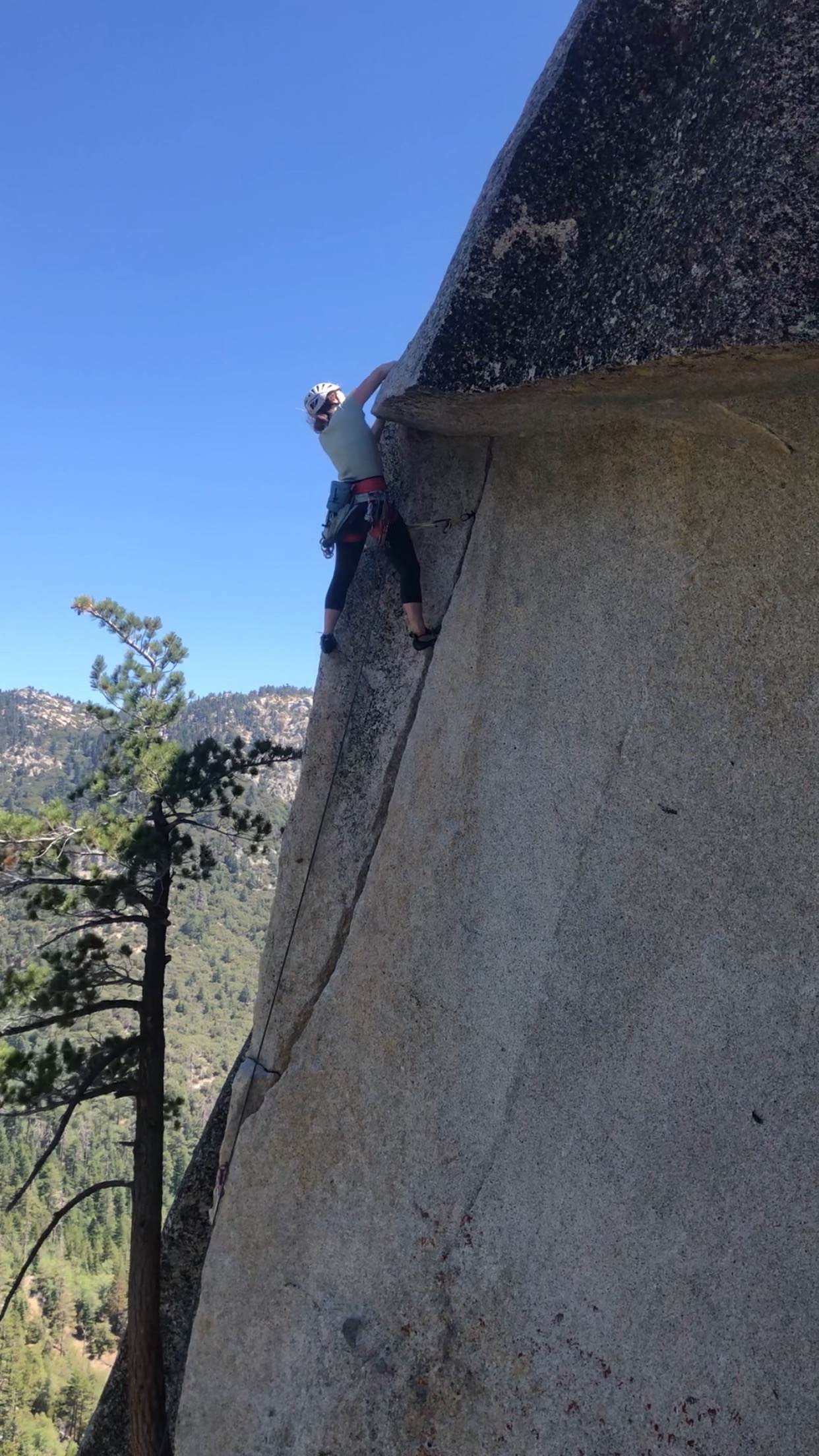
But I know the truth. I know that that the heroic finish is usually preceded by shaky gear placements, desperate “Elvis legs”, chicken arms, and blood curdling yells. That the heroic finish takes preparation is scary; that the heroic finish sometimes leaves us saying, “that was it?”; that the heroic finish, sometimes, isn’t actually a finish. You see, the heroic finish is just as real as we are, and being real means we are all quick to accept the same delusions of our own badassery that fill non-climbers with a sense of awe.
For the past 15 years, climbing has been inextricably linked to my identity. In that time I’ve dabbled in all disciplines becoming moderately successful in each, albeit rarely satisfied. This is mainly because the image of myself is of some untenable definition of “success”. I know in this I am not unique; there is a common tale of self-deceit that follows a predictable storyline. It’s where the delusion begins.
The story starts with something (an object, hobby, event, person, job) becoming so intertwined with our identity that it is hard to see ourselves as anything other than related this thing. This isn’t necessarily a bad thing and can be a great source of pride, purpose, and happiness. The trouble begins when this thing—this part of our identity—becomes tangled up in our self-worth and is our only outlet.
When we enter this state, any mistake or failure related to this thing becomes a reflection of us and everything that we are. So, as a protective mechanism, we start to resist all mirrors, true reflections of ourselves, and facts that tell us otherwise—pictures unfiltered. We live happily in this Red Bull-fueled version of reality for awhile. In this world, we curate a perfect image such that we slowly become the protagonist of our own fiction and we survive, undetected and seemingly happy.
Eventually though, as the weight of the self-imposed pressure becomes heavier, the cracks in our story begin to show and with them, our undeniable humanness. In an effort to hide the cracks we start to make excuses, blame relentlessly, avoid challenges, lash out at family, turn to apathy, or overshare grand expressions of self-discovery to prove we are FINE.
In extreme cases we lose track of reality completely and live on in the delusion, alienated from our former self. But, and this is probably more relatable, for one reason or another we are finally forced to look in that mirror—our methods to cover the cracks no longer keeping up—and despite every effort of resistance, we surrender. We’ve been exposed. These are the crucial moments in our lives because It is in these moments that we see, instead of the heroic protagonist, an image of someone we don’t recognize. It is someone who has lost the agency provided by respect for one’s true self, a person no longer taking responsibility for their actions, a monster. But more than that, we see someone real, imperfect, someone just like everyone else. Human.
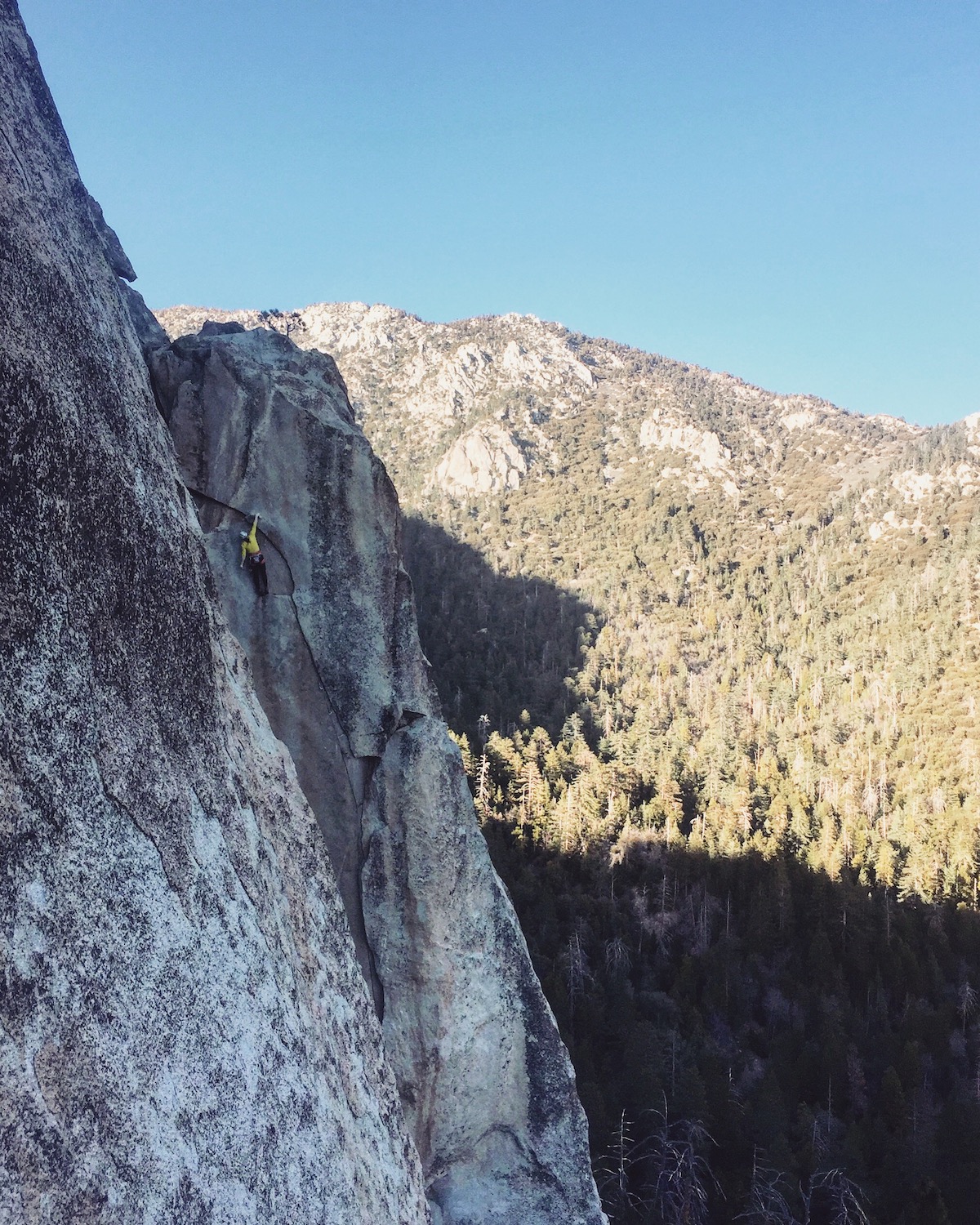
I have these moments all the time. Sometimes they are big, sometimes small; sometimes life altering, sometimes not. As I said before, I am sure in this I am not unique. It seems that as humans we like to imagine ourselves silently living through the lens of someone else. So, while climbing is deeply rooted in my sense of self (identity, worth, and otherwise), climbing—trad climbing, specifically—has also always been a reminder of who I actually am.
I’ve been climbing up at Tahquitz and Suicide since I moved to San Diego in 2010. This is where I “came of age” as a trad climber and where I am still learning what it takes to truly be a trad climber. This rock reminds me why I have stuck with climbing for 15 years and it reminds me that those 15 years won’t guarantee the type of success my ego desires. I’ve written about Tahquitz before:
I leave the gym, clock out and drive out to Idyllwild, in search of those who are obsessed. We pass a motorcycle accident. My partner and I stay silent; we both are stricken with the fear that this is an omen. We are directed through, and as the policeman throws sawdust over the drying blood, we try to focus only on the mountain, lingering in the clouds. We park next to a ruby red Mercedes, and both silently smirk at the ridiculousness of the “hikers” climbing out to take pictures. We load up our packs as we listen silently to the echoes of climbers already high up on the monolith’s face, “On belay!” and the ominous reply, “belay is on!” The path zigzags up the steep skirt of scree that the mountain has rejected. We pass massive firs and cedars that have been snapped in half by car size boulders. When we reach the base of the climb, we see that three other parties have beaten us to the wall. I don’t mind waiting too much. It is fascinating to watch climbers high up on the granite like little ants climbing up the kitchen counter. When we begin our climb, sweat has already begun to accumulate on our nervous palms. My partner climbs to the base of the crack system and to the left of us someone falls, letting out a yell that reverberates off the surrounding rock. He begins to shake; we have all been in that freefall before and despite not wanting to feel the fear, it comes (2013).
Stories surrounding Tahquitz and Suicide are always underpinned with an ominous tone: the lore of the suicide, the stories from the Stone Masters, the accidents, the purity of the development ethics. Each day I spend out there I am nervous with the weight their legend and haunted by their history. All of this adds to the allure and (often) frustration of the rock. I’ve had a lot of good days out there finding flow; a lot of bad days, forced to reconcile illusion with reality; and of course some average days, happily living between the two extremes.
Out there I have to wholeheartedly embrace uncertainty (an esoteric ask at best). There is uncertainty with gear, rock quality, other climbers, run-outs, grades. This uncertainty requires that I am present, trust my intuition, and most importantly honest with myself. And if not for me, for my partner.
If all this isn’t frustrating enough, it is nearly impossible to describe accomplishment here in the traditional way; often the grade linked to the climb is nothing to write home about. So, instead, I am left to define my own success which is a stark reminder that seeking validation often strips me of my own pride. Basically, I could boil my experience out here to a continual process of proving to myself I have nothing to prove.
I had a good day out at Suicide mid September of this year. It was a day where I looked in the mirror and saw someone who I expected to see. Someone confident. Someone imperfect. Someone real. On this day I had no grand illusions of myself or what I was to accomplish; I had only a sense of purpose.
The nerves I felt weren’t an omen but a sign I was prepared. Often the moments of tough reconciliation on the rock aren’t linked to failure in which I knew I was prepared; they are linked to the assumption that I should have succeeded. Assumption that years alone were to account for my preparation for this day and an assumption that masked the reality of what my nerves were actually telling me. It is an entitlement-based in fear: “I have been climbing for 15 years, I should be able to climb this”. This is a dangerous assumption to have; it leads you to blindly push past your limits or never get close to what you can accomplish. When I approach climbing in this way, I am avoiding the mirror, not acknowledging the process, and not respecting myself. Again, I know in this I am not alone. I hear a lot of people, while looking at the new generation of youth climbers, lamenting, “I wish I had started climbing at that age, then I would have been good”. Perhaps, but that is not your reality. It is easy to dream when you live through the image of someone else.
While that day at Suicide was good, it was nothing special. There was no music, heroic acts, or shouting of mantras. We fell a few times, grunted and complained, but kept the momentum going and our focus on the unspoken task at hand.
In the end I managed to cleanly lead: Flower of High Rank, Etude, Johnny Quest, Insomnia, Valhalla, and Sundance. My partner led Wet Dreams and Jizz (a naming coincidence). Each of my sends was preceded by shakey gear placements, doubts, and elvis legs—undoubtedly accepted as part of the process and not a sign of inability.
As I climbed I wasn’t searching for validation that I was placing the right gear or making the right moves. I wasn’t making excuses about my blown-out shoes, or thinking of my climbing as it compared to somebody else’s. When it got dark, we stopped and I was proud, satisfied. I was hungry for more, but not greedy for another dopamine hit.
My identity is strongly linked to climbing, but there are many other components that make me up. Components that bring me pride, frustration, happiness, and courage, and to deny those is to starve the parts of me that make me, me.
Climbing can be an escape helping me to avoid the mirrors, but not for long. Eventually, everything I hide will show up and if not to me, to everyone around me. You see, and here is the real kicker—climbing is my mirror. I know that how I approach life is going to be how I approach climbing so in order to continue to find success and joy in climbing I need to honestly assess my motivations on a daily basis.
Simple, right?
Perhaps, but to have those good days on the rock I have to be willing to embrace the bad ones and the average ones, and understand that how I perform is often linked to how—and if—the other parts of my identity are being fueled.
It’s no coincidence that climbing is the go-to metaphor for motivational speakers and posters alike. It is obnoxious yes, but I have to proactively and intentionally assign importance to the motivational quotes, mantras, and habits or else they are just that: cheesy motivational quotes, meaningless words, draining reminders. Otherwise, I remain a critic stuck in my delusion, endlessly judging.
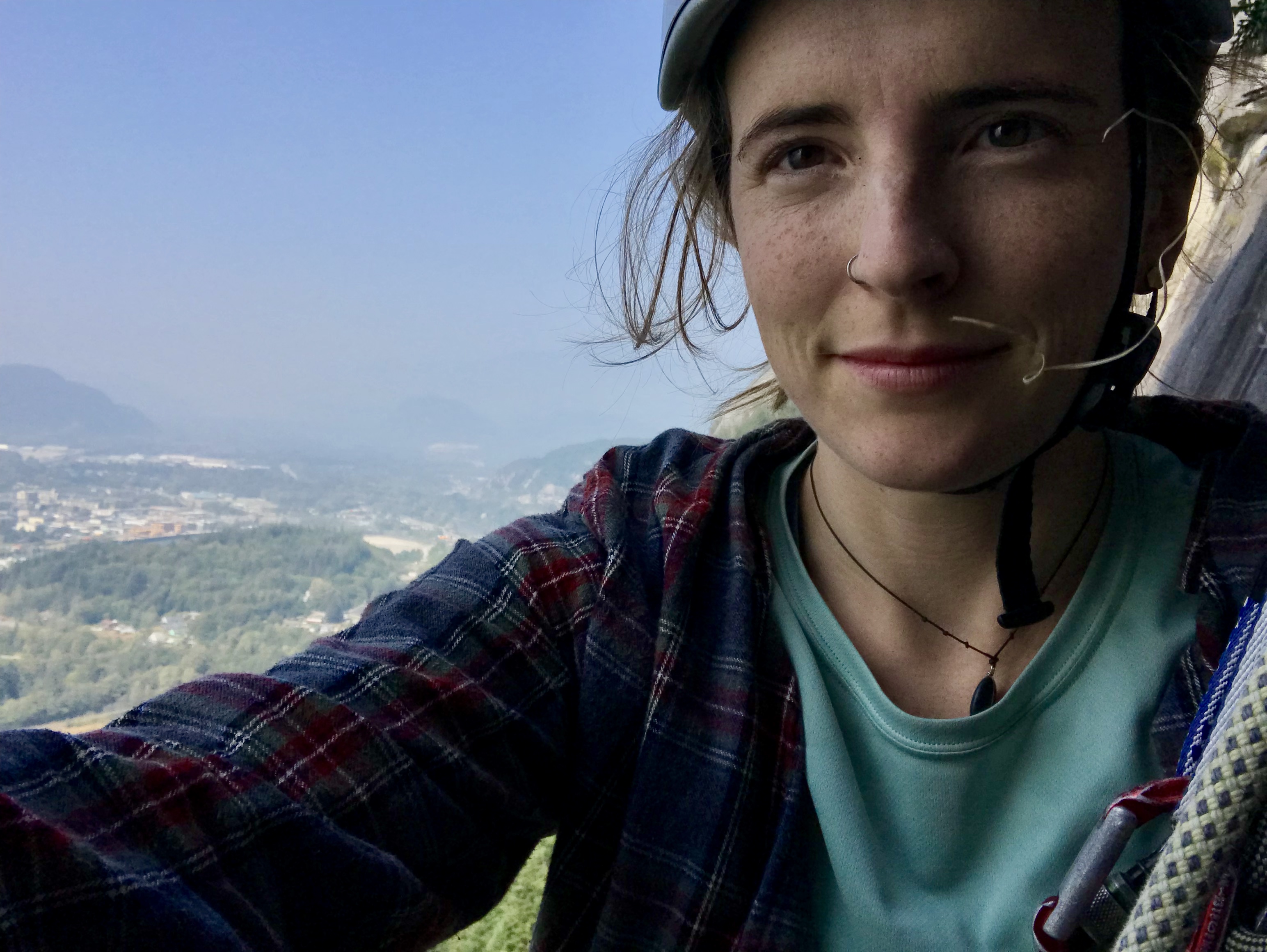
My experience in climbing is not original, and as we have seen it could be mapped out by a series of motivational posters. No, these wanderings are the product of the human experience, which is a powerful privilege to reflect on. Climbing, mountaineering, spending time in nature—exploration has always been the foundation for this type of thought. Poets and philosophers have written about this for centuries. “How earnestly should we strive,” Petrarch lamented to himself, “not to stand on mountaintops but to trample beneath us those appetites which spring from earthly impulses.”
If climbing has taught me anything, it is that when I take the time to look outside of myself, trust my intuition, and experience the feelings associated with being human, I stop trying to feed those appetites that are not even the source of life and I live.
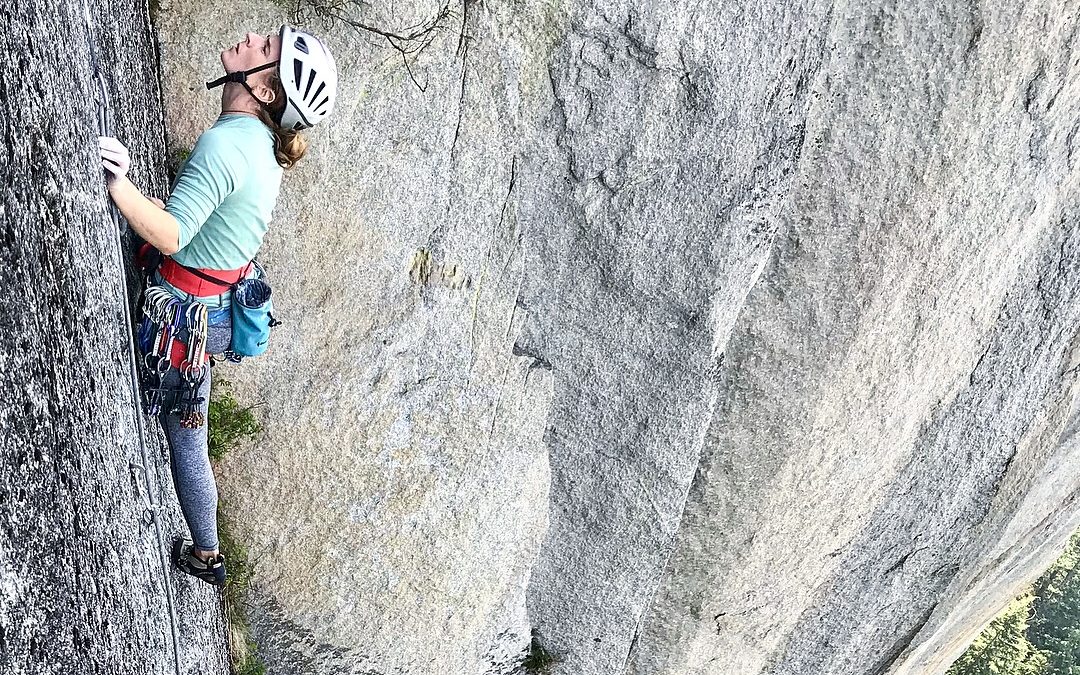



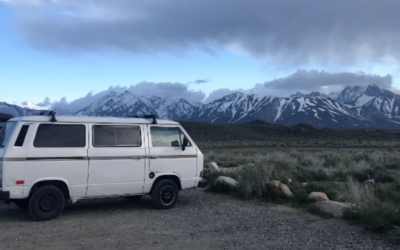
Recent Comments